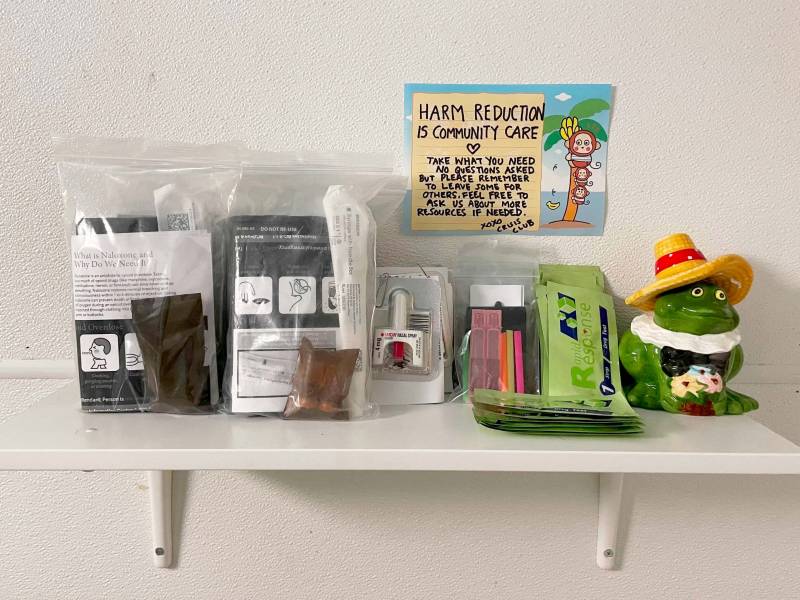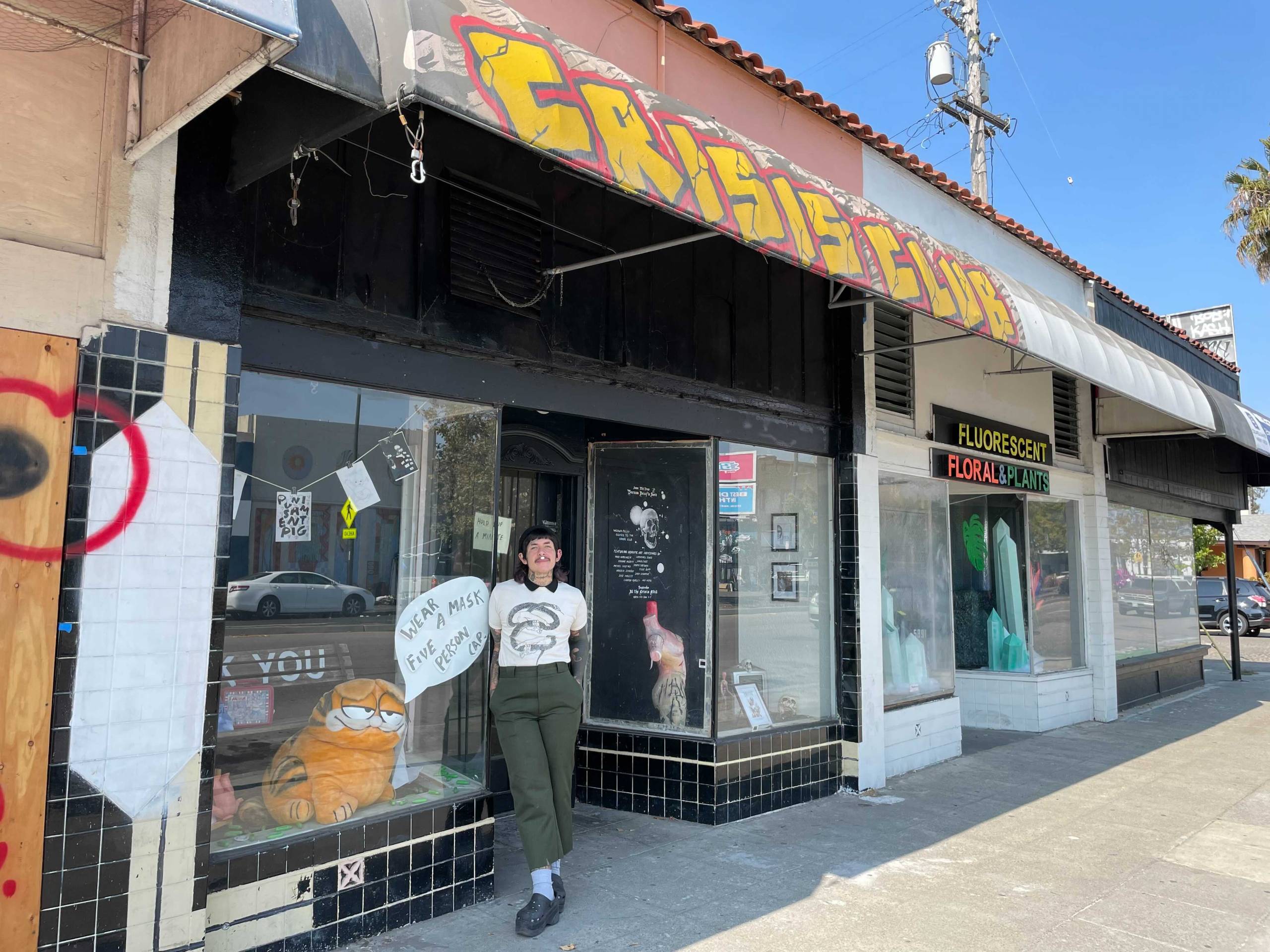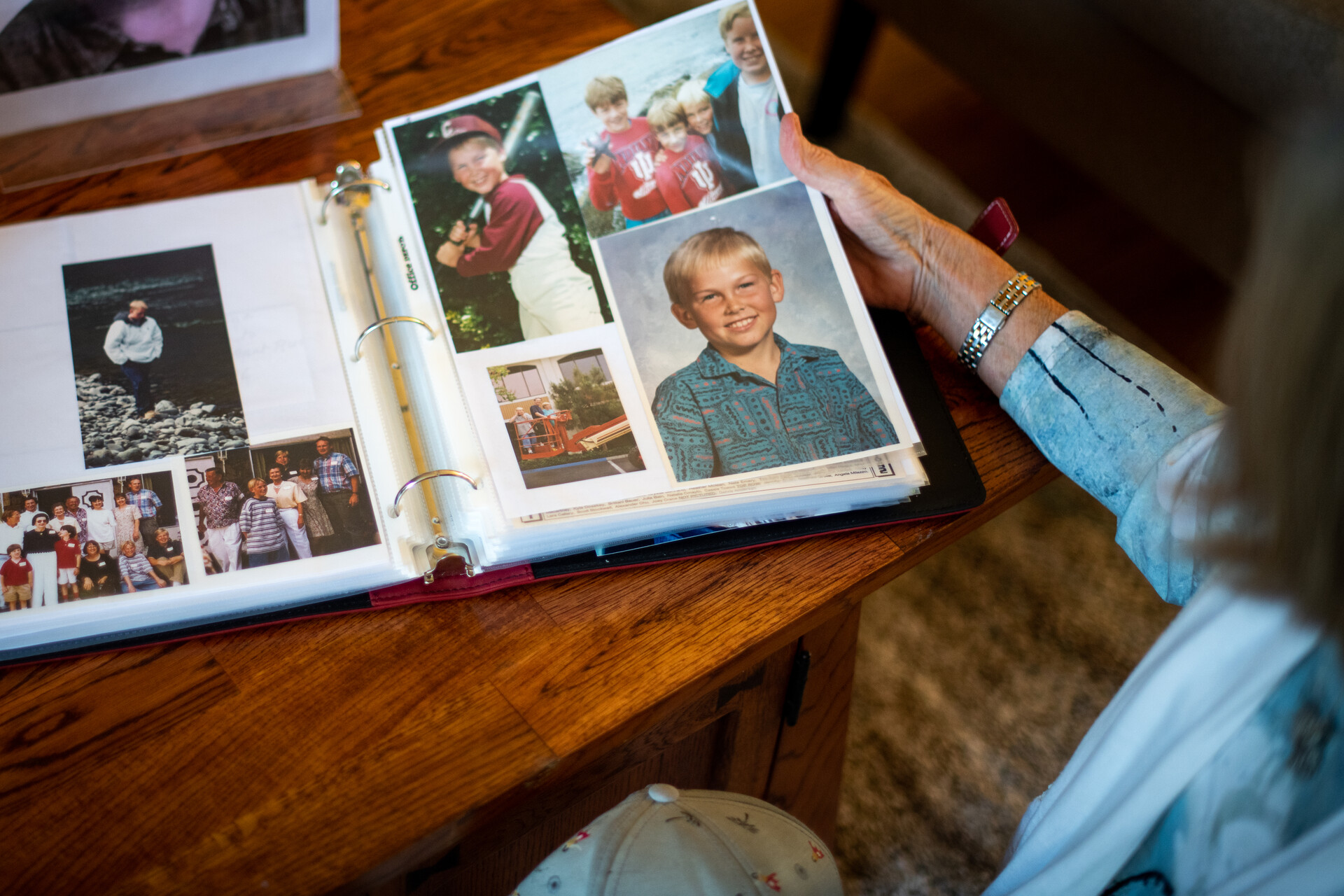Along with helping to run the gallery, Nada works a few days a week at Telegraph Beer Garden in Oakland, which also offers fentanyl testing strips. The bar receives the strips from FentCheck, an organization run by volunteers that supplies them to around 30 establishments in San Francisco and the East Bay.
“We’re trying to normalize. If you’re going to do drugs, test them first so you can have some informed consent before you ingest, and then you can make a plan,” said Alison Heller, an Oakland resident who launched the project last year after months of extensive community outreach.
Heller said people who occasionally use party drugs like ecstasy or ketamine “don’t think this applies to them. Fentanyl feels to them very much like a heroin issue or cocaine issue.”
But those occasional users are especially vulnerable to unknowingly consuming fentanyl, she said.
And although fentanyl testing strips are usually available at harm-reduction clinics, not everybody knows about those sites, or feels comfortable going to them, Heller added. Providing them at clubs, bars and other nighttime venues, she said, is a way of offering them “where the community goes, and destigmatizing the process.”
Heller said she hopes making test strips easily accessible in social venues will have as much of a positive impact as did offering condoms in bars during the AIDS crisis in the 1980s.
“[Condoms do] not incentivize having sex in the bar bathroom, nor do fentanyl tests incentivize drug use in the venue,” she said.
Available resources
Where can you find testing strips in the Bay Area?
The following is a list of some of the establishments that offer fentanyl testing strips through FentCheck. The complete list is available on the FentCheck website:
- Beauty Bar: 2299 Mission Street, San Francisco
- The Sycamore: 2140 Mission Street, San Francisco
- Royal Cuckoo Market: 3368 19th Street, San Francisco
- Bender’s Bar & Grill: 806 South Van Ness Avenue, San Francisco
- Crisis Club Gallery: 5887 San Pablo Avenue, Oakland
- Telegraph Beer Garden: 2318 Telegraph Avenue, Oakland
- Ghost Town: 1960 Adeline Street, Oakland
- King Kog Bicycle Shop: 327 17th Street, Oakland
- Oakland Glow Studio: 4454 Piedmont Avenue, Unit A, Oakland
- The Avenue: 4822 Telegraph Avenue, Oakland
What can be done to prevent an overdose from turning fatal?
Fatal opioid overdoses can be prevented with a drug called naloxone (also known by the brand name Narcan), which temporarily attaches to opioid receptors and reverses and blocks the effects of other opioids. According to the National Institutes of Health, naloxone very rarely causes any serious side effects.
A number of Bay Area counties, including San Francisco and Santa Clara, provide free naloxone/Narcan kits and training for how to use them and for how to recognize signs of an overdose.
Pharmacists in California also are permitted to provide naloxone without a doctor’s prescription.
Additionally, medication-assisted treatment for opioid addiction is widely available. Emergency doctors can prescribe FDA-approved drugs that treat opioid dependence and can arrange for patients to follow up at outpatient centers.
What are common signs of an overdose?
Someone may be overdosing if they’re acting groggy and lethargic or are barely able to stand, and if slow breathing grows irregular or even stops altogether. Very constricted pupils in someone’s eyes — known as “pinpoint pupils” — that don’t expand when exposed to light also are a common sign of an overdose.



